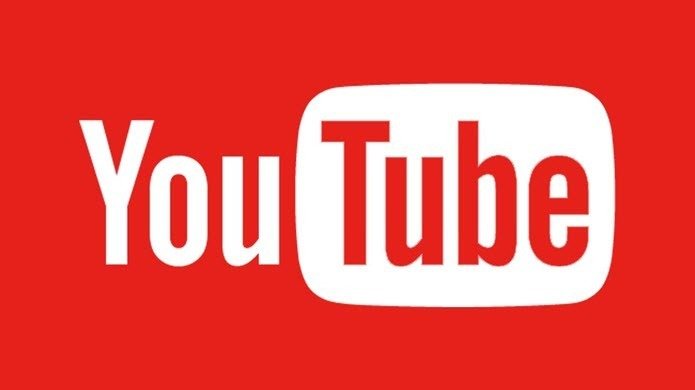Or let’s say ‘interactivity’. This July, Google and Chrome gave us a glimpse of what the future connected web could like. The Chrome Web Lab is a series of five interactive experiments that demonstrate the cutting edge of this interconnectedness through the most promising tool we know so far – the browser. The Google experiments are actually part of five physical installations at the Science Museum in London. Visitors get to play around on location, but others can also do so from the browser thanks to the Chrome Web Lab. So, if you are interested in how the envelope of web technologies is being pushed, here are brief descriptions on each of the five experiments.
Experiment 1: Universal Orchestra
Universal Orchestra helps you create collaborative music with others over the cloud. You can actually play musical instruments in a virtual orchestra. The experiment is a demonstration of real-time collaboration. For the more technically inclined, it is made possible with the use of WebSockets technology.
Experiment 2: Teleporter
Could it be the closest thing to Star Trek’s technology? Not yet but it’s definitely not science fiction as the browser today at least as the ability to make you ‘feel’ that you are somewhere else. The Teleporter experiment uses modern video tech (and WebGL) to give you a 360 degree virtual tour of a place far far away; thus, giving you that teleported feeling.
Experment 3: Sketchbots
Submit your photo and have it drawn on sand by a robot in London. How cool is that! It is another example that shows you how the web can be made to connect to a physical object over large distances. The Sketchbot uses HTML5’s Canvas feature to capture your face via webcam and turns it into a line drawing on sand.
Experiment 4: Data Tracer
The Internet is a vast super-highway. Every byte of information hops across multiple servers and paths before it reaches the intended destination. The Data Tracer experiment takes you through a visual journey as data travels across the web. The Data Tracer combines tracer route and a 3D virtual map to show the path and speed of data.
Experiment 5: Lab Tag Explorer
The Lag Tag Explorer brings all those who are interacting on the Chrome Web Labs on a ‘common platform’. The experiment is a stream that shows the people using the labs on a virtual space. It is a demonstration of how information is accessed and simultaneously processed by today’s browsers. You may not understand the five Chrome experiments on a deeper technical level. But playing around with them will at least make you appreciate where the web and browsers like Google Chrome stand. Which of the five experiments did you enjoy the most? The above article may contain affiliate links which help support Guiding Tech. However, it does not affect our editorial integrity. The content remains unbiased and authentic.








